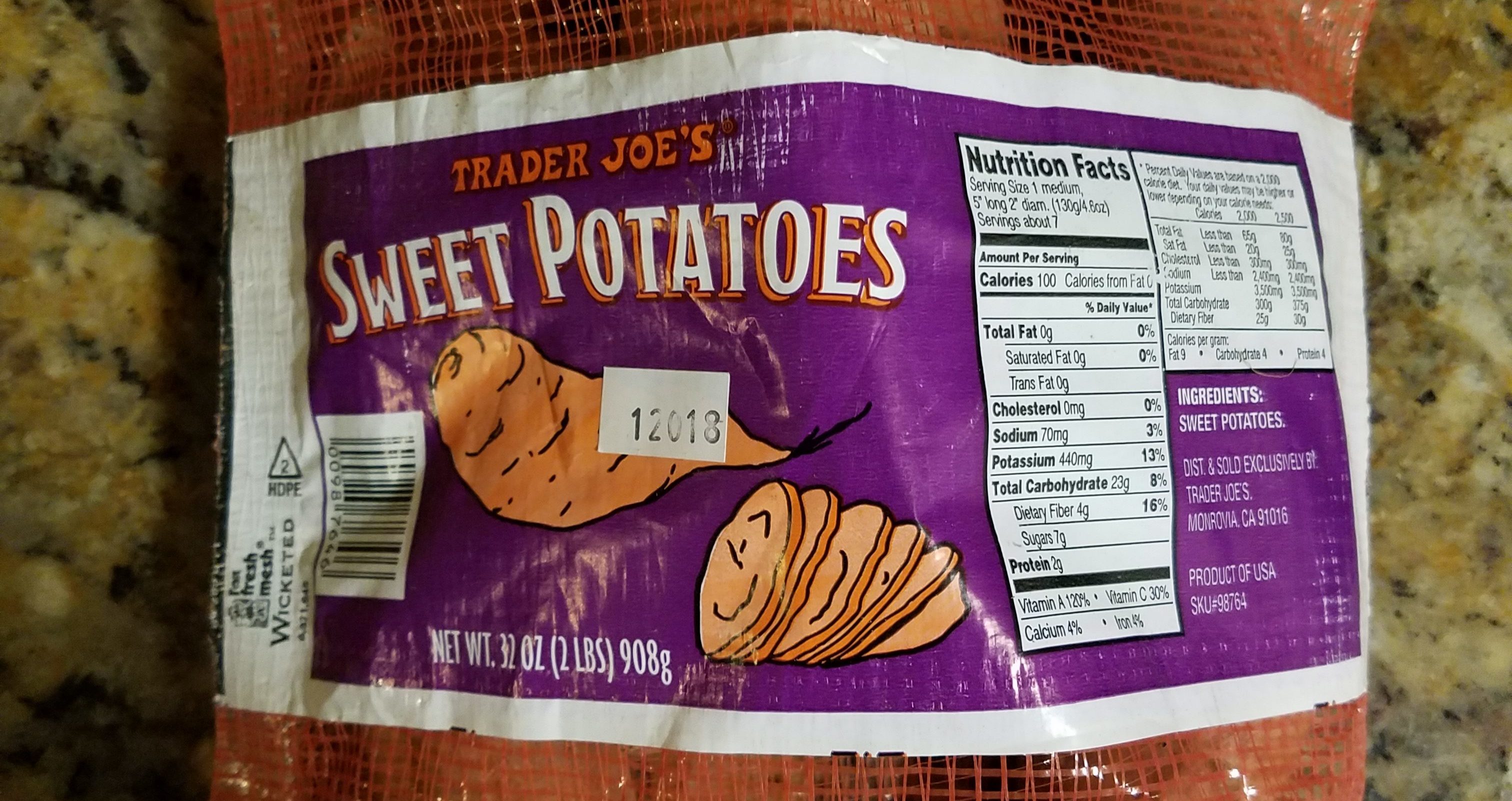
- #MURASAKI SWEET POTATO NUTRITION HOW TO#
- #MURASAKI SWEET POTATO NUTRITION SKIN#
- #MURASAKI SWEET POTATO NUTRITION FULL#
- #MURASAKI SWEET POTATO NUTRITION PLUS#
#MURASAKI SWEET POTATO NUTRITION SKIN#
Japanese sweet potatoes are oblong or round potatoes with a rusty red colored skin and a densely, cream colored flesh.
#MURASAKI SWEET POTATO NUTRITION HOW TO#
Along with the recipes, I’ll show you where to purchase them, how to cook them, meal prep tips and more.
#MURASAKI SWEET POTATO NUTRITION PLUS#
This Japanese Sweet Potato Ultimate Guide to answer all your questions plus provide a list of the top recipes that use them. I understand, because I hadn’t even heard of these potatoes until a few months ago and now I’ve developed a bit of an obsession. I’m at the lowest weight of my adult life and eat potatoes every day. Since I started sharing What I Eat in a Day on a whole-food, plant based, gut-healing diet, I’ve shared pictures of my Japanese sweet potatoes and gotten a ton of requests for more information about these yummy tubers.


Why I’m in love with these potatoes and you will be, too!
#MURASAKI SWEET POTATO NUTRITION FULL#
These are great to prep for breakfast the next morning.Have you tried the delicious goodness of Japanese Sweet Potato recipes? Try these amazing variations that are healthy, low in calories (and Weight Watchers points) and full of nutrition. They last for a few days in the fridge and I like to microwave them in a damp paper towel to reheat them quickly. If you have extra roasted sweet potatoes leftover, you can wrap them in foil or an airtight container and keep them in a fridge. This is similar to the method my grandma uses because it’s fast, but I still prefer waiting for that perfectly roasted flavor in the oven. Wrapped in paper towel in the microwave: wrapping the sweet potato in a wet paper towel, piercing it with a fork, and microwaving until it’s tender.This method gives you a moist sweet potato, which is also tasty, but I prefer the slightly roasted and creamier version. Wrapped in foil: wrapping the sweet potato in foil and then piercing it.Other popular methods of roasting or cooking Japanese sweet potatoes is below: This easy method gives me tender and creamy center with a slightly caramelized skin (due to the sugars seeping out of the indentations). If it easily pierces, then the sweet potatoes are finished. I use a fork (or knife) to pierce the center of the sweet potato to see the doneness level. I typically test the sweet potatoes for doneness around 30 minutes just in case. This method is the roasting method since we cook it in the oven at a high temperature at 400 ☏ (any temperature below 375 ☏ means you are baking).Īfter cleaning the sweet potato under running water, pierce it about five times with a fork and place it directly on the oven racks, and roast for anywhere between 40 to 60 minutes based on the type of oven and the size of the sweet potato. For this recipe, I am roasting satsuma-imo sweet potatoes that caramelize slightly on the skin as it cooks. What’s great about using these denser and starchier sweet potatoes is that they cook to a creamy consistency and can be roasted at high temperatures. I’ve actually seen Okinawan purple sweet potatoes mislabeled at a grocery store as purple yams (most likely to try to appease customers looking for ube), so it’s wise to know that Japanese purple sweet potatoes differ from yams in general. However, in America there are many grocery stores that mislabel yams and sweet potatoes so that’s where the confusion comes from.

True yams have scaly brown skin and white centers that aren’t as sweet in taste as sweet potatoes. It’s important to note that Japanese sweet potatoes differ from Japanese yams (or yams in general) because yams are tubers that originate from Asian and African countries. They are just as dense and creamy as other Japanese sweet potatoes.


 0 kommentar(er)
0 kommentar(er)
